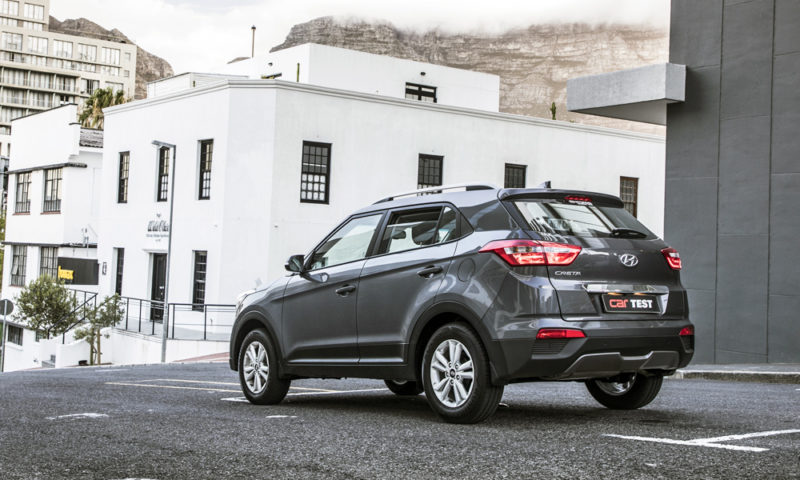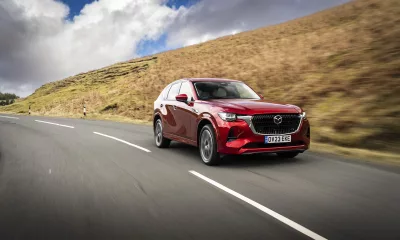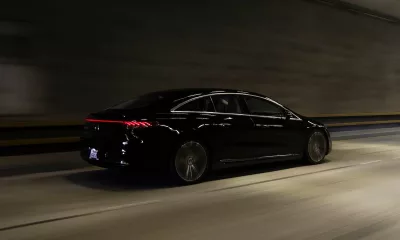Does the entry-level Creta offer enough substance to complement Hyundai’s popular range of family SUVs?
Hyundai South Africa may have taken its time before officially launching the Creta into the local market, but with monthly sales of this small crossover having quickly risen to levels consistently complementing those of the company’s chart-topping Tucson SUV, the decision to wait for optimal market conditions appears to have been an inspired one.
Sharing a platform with its somewhat more characterful Kia Soul cousin, the local Creta range consists of only three derivatives, the most affordable of which features the company’s naturally aspirated Gamma 1,6-litre petrol engine with a six-speed manual gearbox. Although not necessarily the most fashionable transmission type, as we’ve recently been reminded via a number of similarly powered test units of late, there’s still much to like about a well-engineered manual powertrain; not least the purchase-price discount associated with opting to self shift. In the case of the Creta 1,6, this translates to a R20 000 saving compared with the six-speed automatic version with this powertrain.
With 90 kW and 150 N.m of torque available at 4 850 r/min, the slick workings of this Creta’s manual transmission are appreciated, especially with fairly regular shifts required in order to maintain positive momentum in a model that topped our scales at nearly 1,3 tonnes. That said, once up to speed, the tallest two ratios make for suitably relaxed cruising; just be ready to downshift well ahead of any planned overtaking manoeuvres.
As noted in our previous test of the range-topping 1,6 CRDi Executive (March 2017 issue), and, indeed, appreciated in our recent long-term example of that same model (read the full wrap-up in the April 2018 issue), the Creta is impressively well put together. The cabin, with its good level of perceived quality, plays its part in making this Indian-built Hyundai feel suitably upmarket and premium, certainly aligning itself nicely alongside its more expensive Tucson sibling. While all three locally offered versions have the same (Executive) specification level, in our market this sees a well-considered blend of essential and nice-to-have items. To this end, while imitation leather upholstery adds a touch of sophistication, the need to manually operate the air-conditioning system is, in turn, no chore.
Standard throughout the range is a touchscreen-operated infotainment system that incorporates both satellite navigation and a reverse camera linked to rear parking sensors. Also included is an audio system compatible with most playback mediums, including Bluetooth.
If there is one disappointment associated with the Creta’s interior packaging, it’s a steering column that’s adjustable only for height. Thankfully, the ability to also adjust the driver’s seat for height meant most testers were able to work round this shortcoming to find an optimal (raised) driving position. All-round visibility out of the vehicle is good and, indeed, while our measurements show its luggage capacity to be among the smallest in its segment, the Creta nevertheless impresses with admirable levels of interior space and overall comfort, with a 60:40-split rear seat back freeing up more packing space when required.
As we experienced in both our previous test, as well as in our long-term review, the Creta offers a well-damped, mostly compliant ride that’s caught out only by larger road imperfections. A well-weighted steering setup offers fair levels of feedback, while remaining impressively precise. While the absence of stability control, even as an option, in any family vehicle is a small concern, the presence of ABS, as well as a full complement of airbags, adds some welcome peace of mind. That said, the brakes performed middlingly in our emergency test, averaging a sub-standard 3,34 seconds.
Road test score
|
|
|
|


















